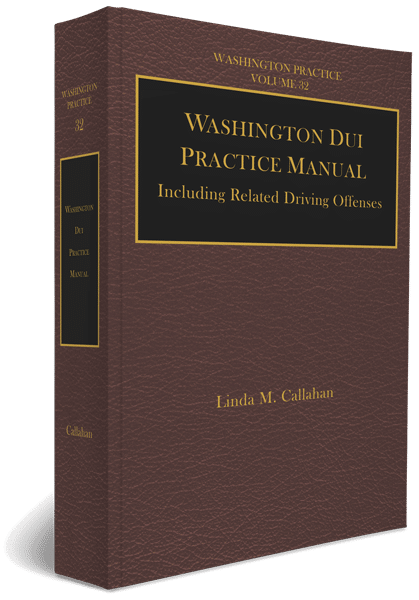As of December 1, 2012, people in the state of Washington are allowed to possess up to 1oz of marijuana for personal use. In addition, the new law set a “per se,” or maximum, threshold THC level that drivers cannot exceed while driving. As stated in the law, A person is guilty of driving while under the influence of intoxicating liquor, marijuana, or any drug if the person drives a vehicle within this state:

Marijuana Detection
The Rush for a Testing Device
Use caution
“Tough DUI Laws Require Tough DUI Lawyers”
Linda M. Callahan



5 Nanograms Per Milliliter of Blood
The Affected By Element of DUI Laws

Contact us today for a 100% Free Consultation
plan of action
know your rights
Washington State has some of the toughest DUI laws in our nation. These laws carry increasingly severe penalties for those who drink and drive. Washington lowered the BAC limit from .10 to 0.08 in January of 1999. Drivers with a blood-alcohol concentration (BAC) at .08 or above can now be convicted of driving under the influence of alcohol. In addition, because public sentiment is so very negative toward drunk drivers, prosecutors will often pursue a DUI conviction even when the driver’s test result is well under .08! This is possible because they can obtain a conviction if they can show the person drove while “affected by” alcohol, and/or marijuana or any drug, including prescription or over-the-counter medications.
Probable Cause
Before you were asked to step out of your vehicle, the officer has been gathering evidence to support the arrest.
Field Sobriety Tests
As Ms. Callahan likes to call them “Bad Science”, FST’s are virtually impossible to pass, especially if the officer is the one grading you.
03
Factory trained, Linda M. Callahan understands the science behind breath testing most attorneys don’t.
With extensive training at Axion Labs in Chicago, Linda M. Callahan has the relevant experience to challenge Blood test evidence.
Let Us Be Your Legal Advocate
Contact one of our Experienced DUI Attorneys today and get the advice you need now. Learn how to save your license and stay out of jail.

With Offices in Seattle, Olympia, and Shelton, we literally surround the Puget Sound.
81 S. Main St, Seattle, WA 98104
400 Union Ave SE, Ste 200, Olympia WA 98501
625 W. Railroad Ave, Ste 426, Shelton WA 98584
Main Office
Site Links
Attorneys
Copyright 2021 – 2025 | Callahan Law, P.S., Inc.
Disclaimer: The legal information presented on this site should not be construed to be formal legal advice, nor the formation of a lawyer or attorney client relationship. Any results set forth herein are based upon the facts of that particular case and do not represent a promise or guarantee. This web site is not intended to solicit clients for matters outside of the state of Washington.

Complete the form below and our Intake Team will contact you shortly.